Tori Wrånes
Handmade Acoustics
08 Jun - 30 Sep 2018
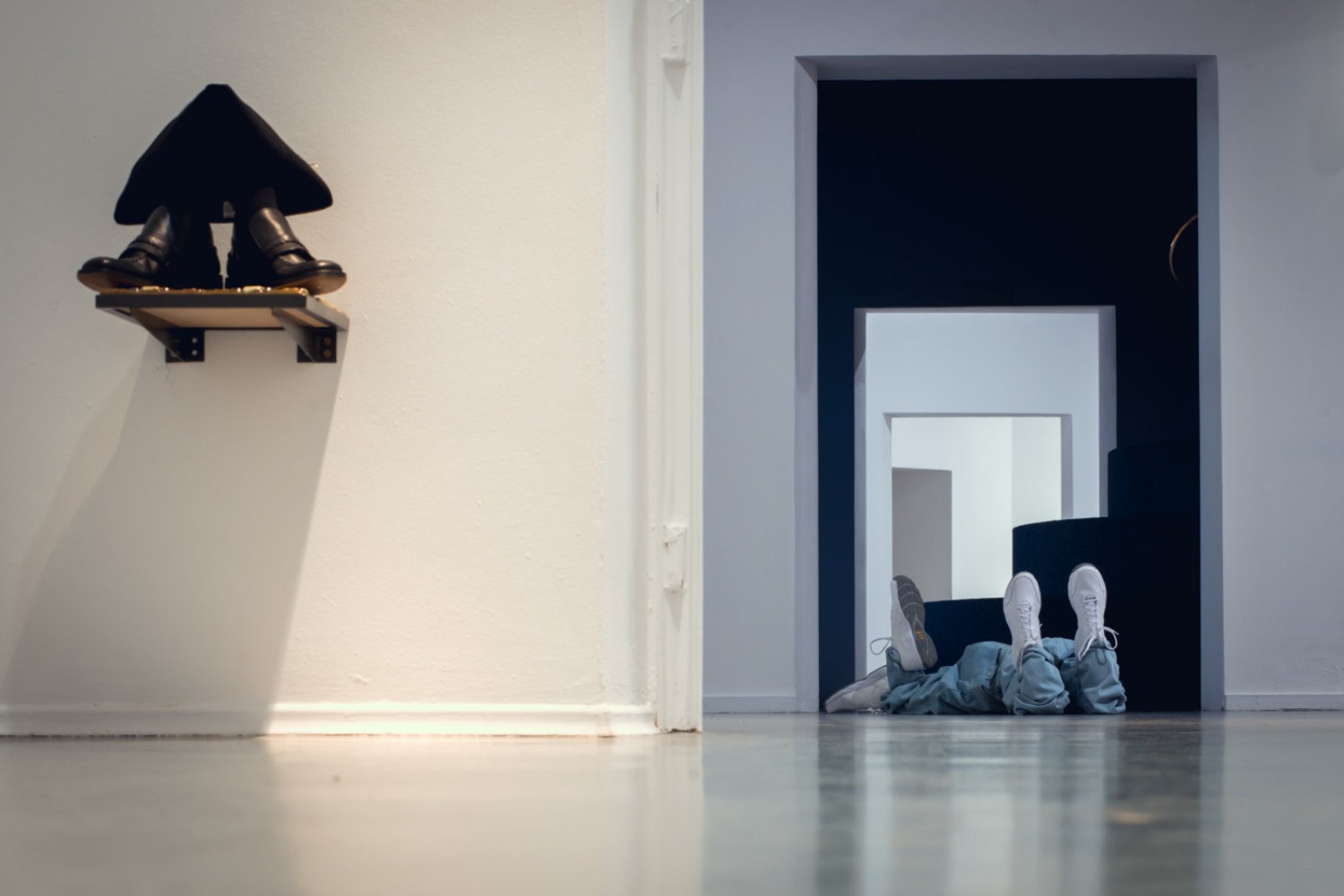
Tori Wrånes: Handmade Acoustics. Exhibition view at Ujazdowski Castle Centre for Contemporary Art, 2018. Photo: Pat Mic

Tori Wrånes: Handmade Acoustics. Exhibition view at Ujazdowski Castle Centre for Contemporary Art, 2018. Photo: Pat Mic

Tori Wrånes: Handmade Acoustics. Exhibition view at Ujazdowski Castle Centre for Contemporary Art, 2018. Photo: Pat Mic

Tori Wrånes: Handmade Acoustics. Exhibition view at Ujazdowski Castle Centre for Contemporary Art, 2018. Photo: Pat Mic
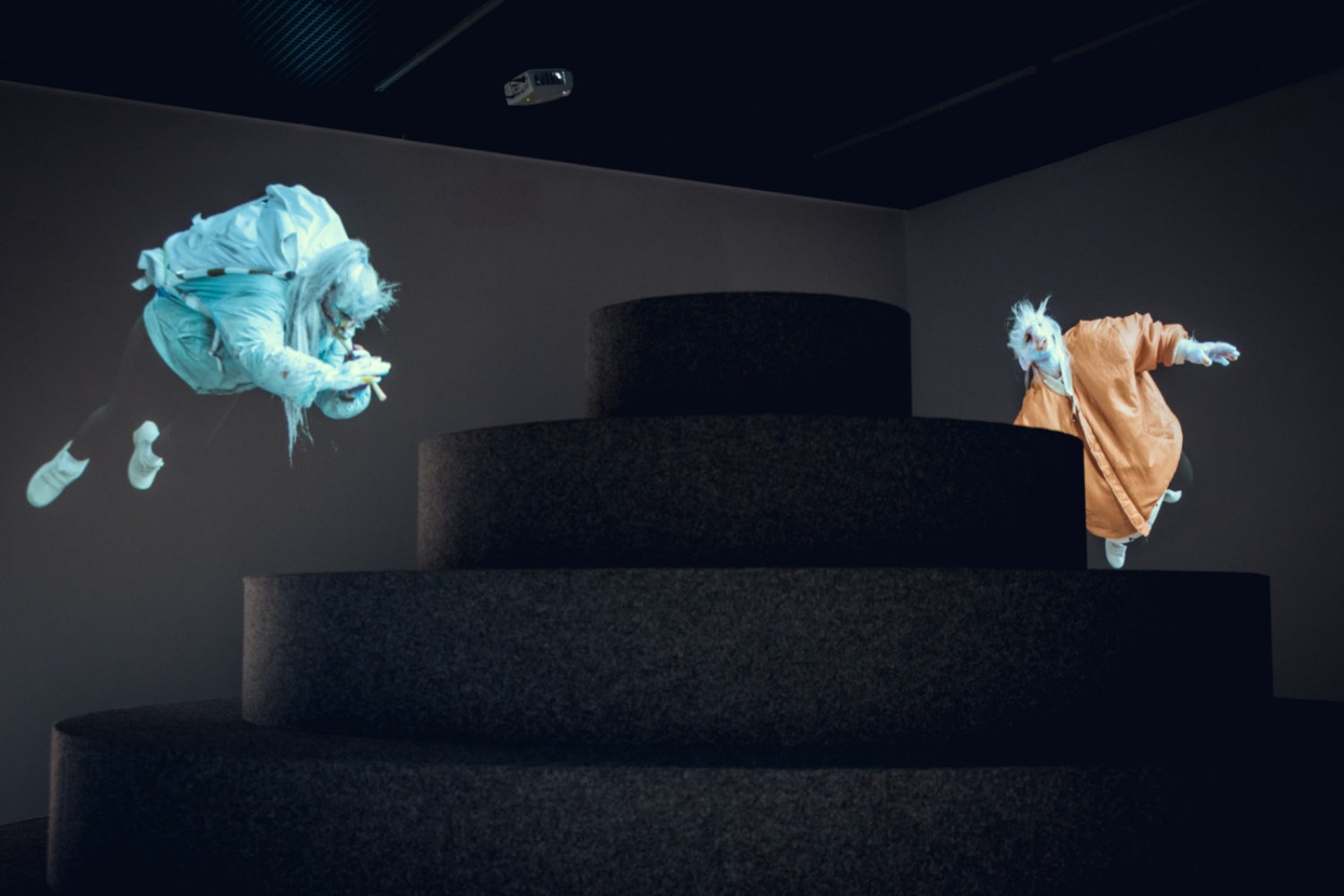
Tori Wrånes: Handmade Acoustics. Exhibition view at Ujazdowski Castle Centre for Contemporary Art, 2018. Photo: Pat Mic
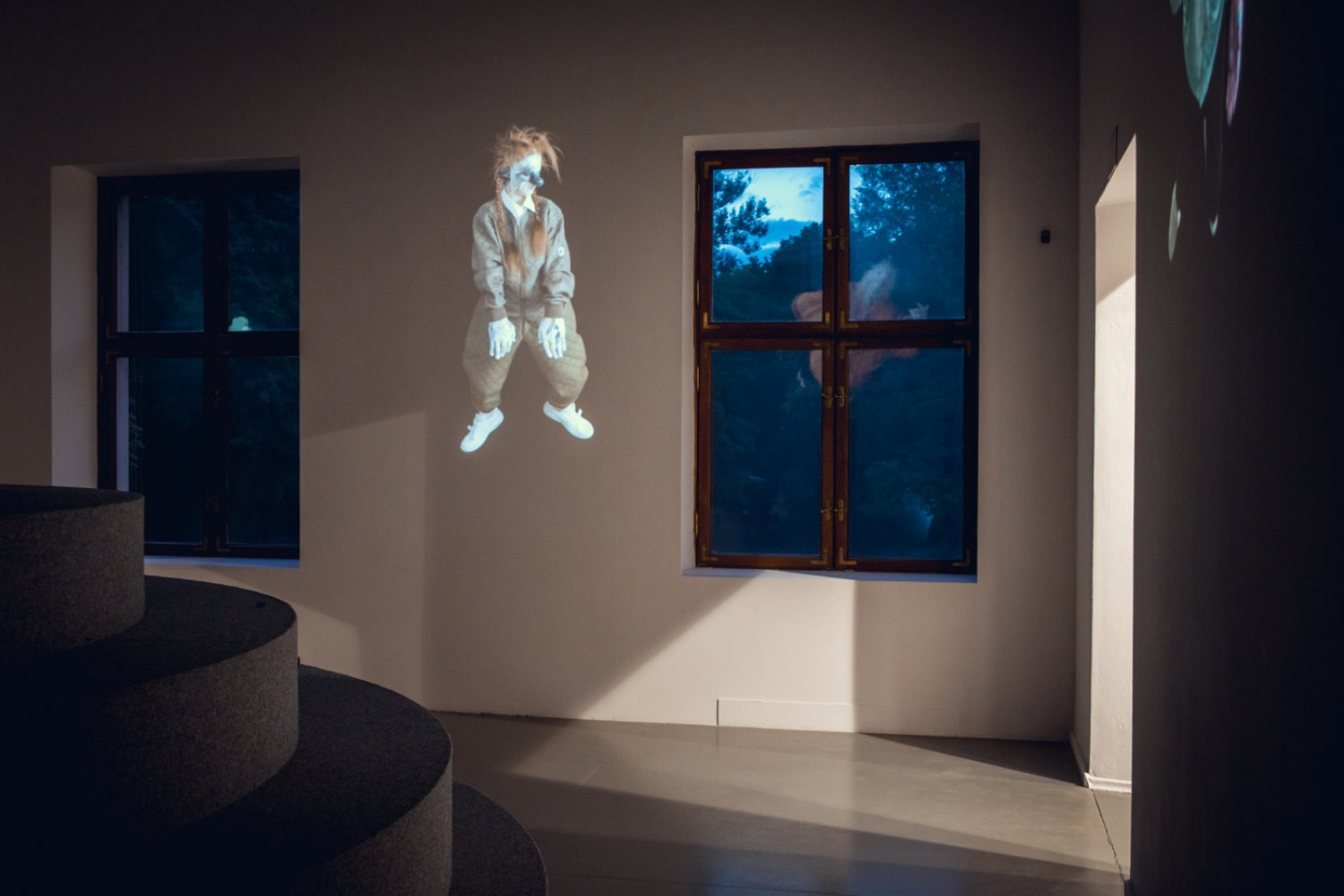
Tori Wrånes: Handmade Acoustics. Exhibition view at Ujazdowski Castle Centre for Contemporary Art, 2018. Photo: Pat Mic

Tori Wrånes: Handmade Acoustics. Exhibition view at Ujazdowski Castle Centre for Contemporary Art, 2018. Photo: Pat Mic
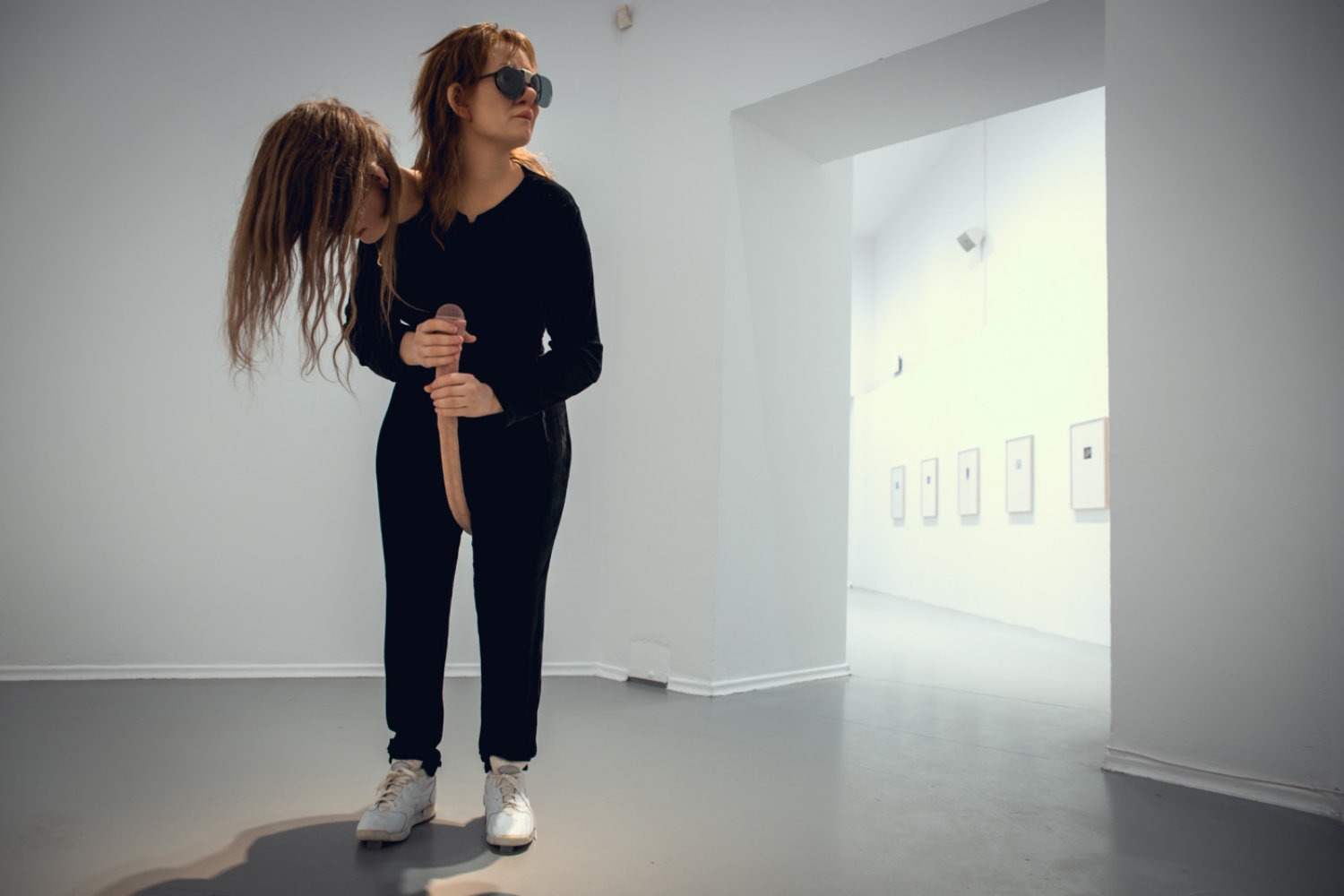
Tori Wrånes: Handmade Acoustics. Exhibition view at Ujazdowski Castle Centre for Contemporary Art, 2018. Photo: Pat Mic
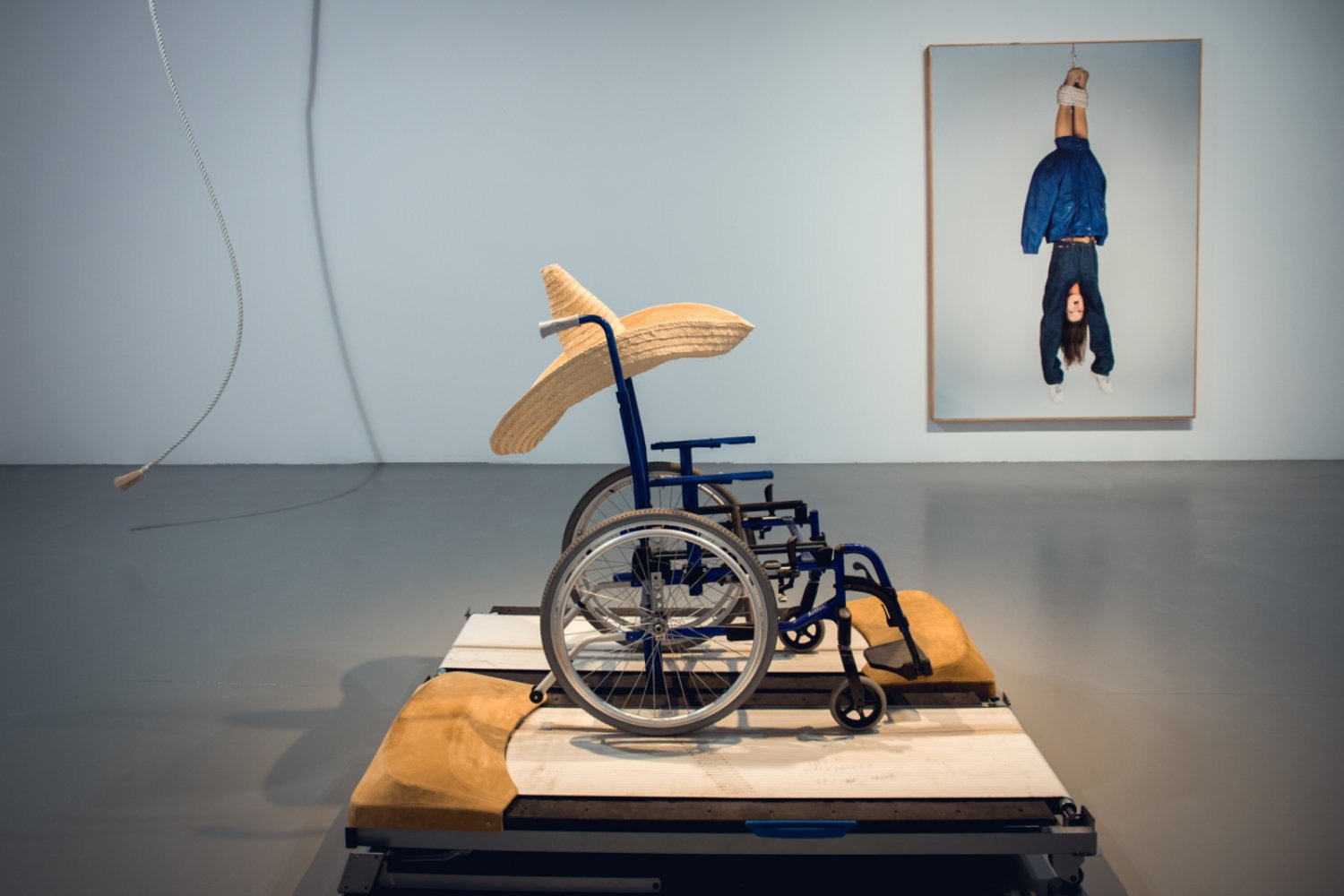
Tori Wrånes: Handmade Acoustics. Exhibition view at Ujazdowski Castle Centre for Contemporary Art, 2018. Photo: Pat Mic
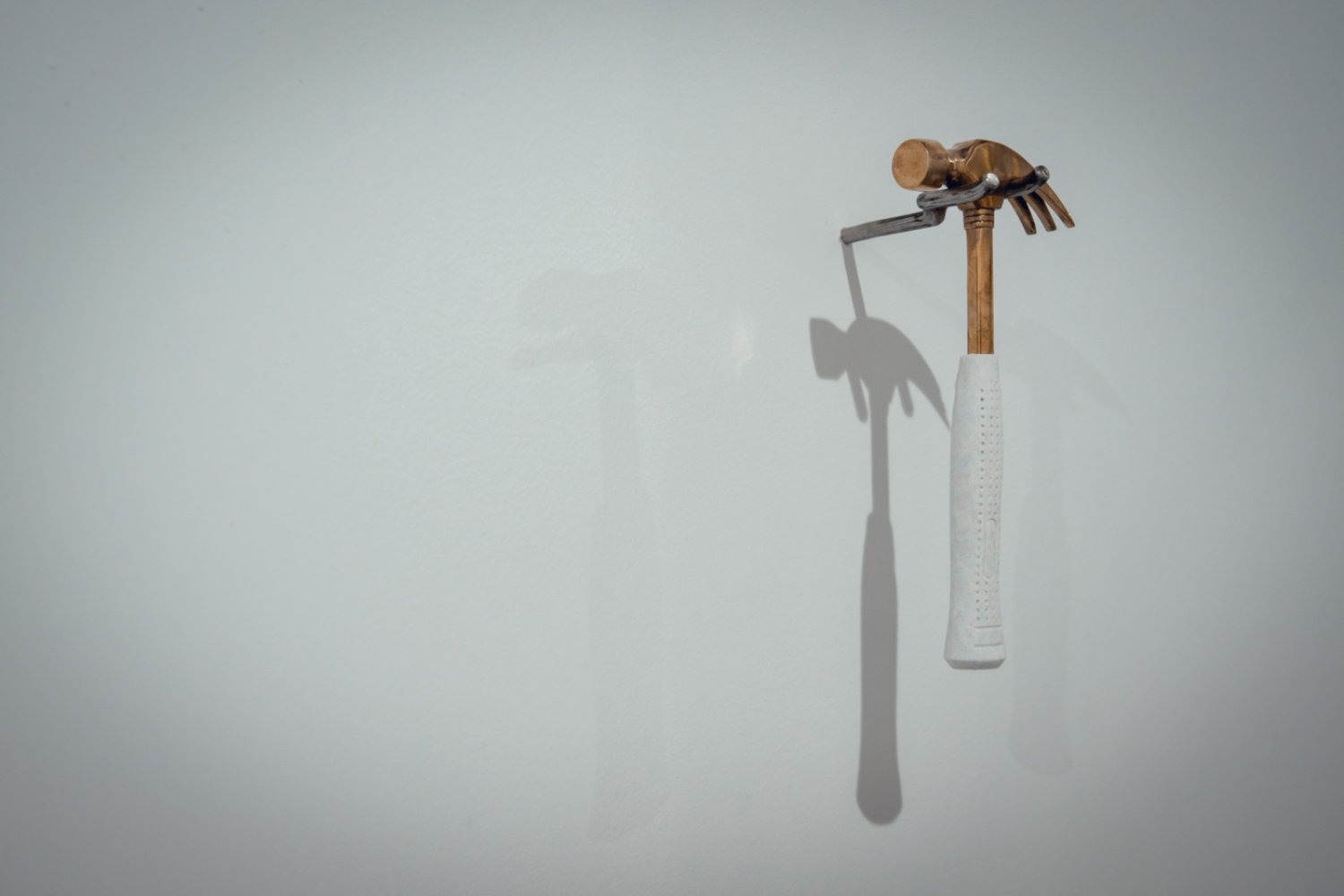
Tori Wrånes: Handmade Acoustics. Exhibition view at Ujazdowski Castle Centre for Contemporary Art, 2018. Photo: Pat Mic
Tori Wrånes
Handmade Acoustics
8 June - 30 September 2018
Curator: Joanna Zielińska
Tori Wrånes is one of the most interesting contemporary Norwegian vocalists and transdisciplinary artists, working at the interface of visual and performative arts. Combining performance with human voice and objects, she creates fantasy environments that result from a juxtaposition of paintings, sculpture, sound installation and film. The artist’s Handmade Acoustics, presented in Warsaw, is simultaneously an exhibition, installation, stage set and concert.
In her works, Tori Wrånes employs the incredible potential of the voice as well as the acoustic properties of the space that she works in. Throughout the performance, she probes the physical limitations of her own body – singing when hanging upside down, gliding on a rope, or getting closer or further away from the microphone.
Sometimes she appears on the stage in the costume of a troll, to her – a metaphor of human fate. Indeed, Wrånes claims that it is in troll language that she speaks and sings. ‘Do you know the troll only comes out when it’s dark? It’s the same for us. We only show the light side. We hide our darkness and secrets and everything that we feel is wrong. I’m interested in the troll because it represents the whole spectrum of being human’, says the artist.
Before she became a visual artist, Wrånes had given concerts for over a decade with her own band. She grew up near a lighthouse. Its characteristic sounds and light reached her bedroom when she was falling asleep. Today, sound and light are the key elements that she uses to construct the space for the exhibition. ‘Voice is a material – just as much as clay is.’
Bodies are like instruments: they utter different sounds, because our bones are structured differently, so each person sounds different. In servicing our own personal musical instrument, breathing is an important part. Amongst the protagonists of Handmade Acoustics, we meet figures with the outlandish physiognomies of elderly babies. They play the flute – an instrument that is considered to possess magical qualities and capable of turning breath into music.
Breathing and voice are not the only protagonists of a Gesamtkunstwerk – a total work of art – that engages all the senses. Here, it is the sounds that choreograph the space and objects, while paintings act as musical scores and human voice takes on shape as if it were a sculpture.
Handmade Acoustics is site-specific. The architecture of the Ujazdowski Castle is the starting point for building the dramatic impact of the exhibition. The two towers situated at the opposite ends of the gallery serve as points of reference. The protagonists are the anthropomorphic objects and mythical creatures that combine queer aesthetics with Scandinavian mythology. These characters are a metaphor for the Other and the excluded; they use improvised language, their gender is indeterminate and they unequivocally stand for the world in which we are all equal.
The protagonists of the performance Sirkling are singing furry creatures. The group play a variety of instruments and engage in a sequence of simple events that take place in the exhibition space. The audience watches the goings-on from the vantage point of a revolving auditorium, which totally changes the perception of the exhibition that – for the duration of the performance – has become a mobile stage. Sirkling was shown for the first time as part of her Hot Pocket solo exhibition at the National Museum in Oslo in 2017.
Handmade Acoustics has been realised as part of a series of performative projects that explore new exhibition formats, and in particular the format of the performative exhibition.
The text includes fragments of conversation between Tori Wrånes and Wendy Vogel for Mousse Magazine (2017) and statements from the Festival Transart (2015).
Handmade Acoustics
8 June - 30 September 2018
Curator: Joanna Zielińska
Tori Wrånes is one of the most interesting contemporary Norwegian vocalists and transdisciplinary artists, working at the interface of visual and performative arts. Combining performance with human voice and objects, she creates fantasy environments that result from a juxtaposition of paintings, sculpture, sound installation and film. The artist’s Handmade Acoustics, presented in Warsaw, is simultaneously an exhibition, installation, stage set and concert.
In her works, Tori Wrånes employs the incredible potential of the voice as well as the acoustic properties of the space that she works in. Throughout the performance, she probes the physical limitations of her own body – singing when hanging upside down, gliding on a rope, or getting closer or further away from the microphone.
Sometimes she appears on the stage in the costume of a troll, to her – a metaphor of human fate. Indeed, Wrånes claims that it is in troll language that she speaks and sings. ‘Do you know the troll only comes out when it’s dark? It’s the same for us. We only show the light side. We hide our darkness and secrets and everything that we feel is wrong. I’m interested in the troll because it represents the whole spectrum of being human’, says the artist.
Before she became a visual artist, Wrånes had given concerts for over a decade with her own band. She grew up near a lighthouse. Its characteristic sounds and light reached her bedroom when she was falling asleep. Today, sound and light are the key elements that she uses to construct the space for the exhibition. ‘Voice is a material – just as much as clay is.’
Bodies are like instruments: they utter different sounds, because our bones are structured differently, so each person sounds different. In servicing our own personal musical instrument, breathing is an important part. Amongst the protagonists of Handmade Acoustics, we meet figures with the outlandish physiognomies of elderly babies. They play the flute – an instrument that is considered to possess magical qualities and capable of turning breath into music.
Breathing and voice are not the only protagonists of a Gesamtkunstwerk – a total work of art – that engages all the senses. Here, it is the sounds that choreograph the space and objects, while paintings act as musical scores and human voice takes on shape as if it were a sculpture.
Handmade Acoustics is site-specific. The architecture of the Ujazdowski Castle is the starting point for building the dramatic impact of the exhibition. The two towers situated at the opposite ends of the gallery serve as points of reference. The protagonists are the anthropomorphic objects and mythical creatures that combine queer aesthetics with Scandinavian mythology. These characters are a metaphor for the Other and the excluded; they use improvised language, their gender is indeterminate and they unequivocally stand for the world in which we are all equal.
The protagonists of the performance Sirkling are singing furry creatures. The group play a variety of instruments and engage in a sequence of simple events that take place in the exhibition space. The audience watches the goings-on from the vantage point of a revolving auditorium, which totally changes the perception of the exhibition that – for the duration of the performance – has become a mobile stage. Sirkling was shown for the first time as part of her Hot Pocket solo exhibition at the National Museum in Oslo in 2017.
Handmade Acoustics has been realised as part of a series of performative projects that explore new exhibition formats, and in particular the format of the performative exhibition.
The text includes fragments of conversation between Tori Wrånes and Wendy Vogel for Mousse Magazine (2017) and statements from the Festival Transart (2015).
